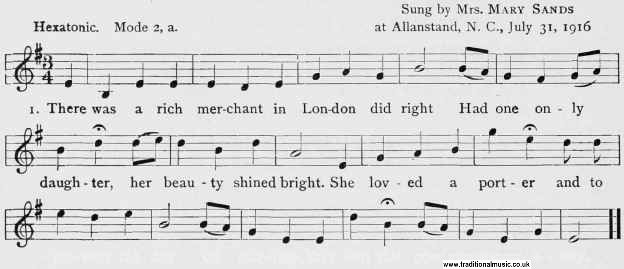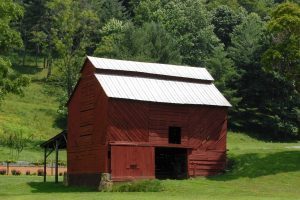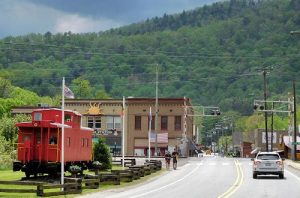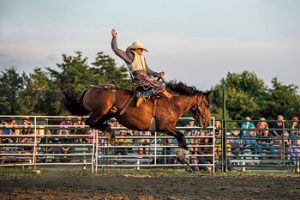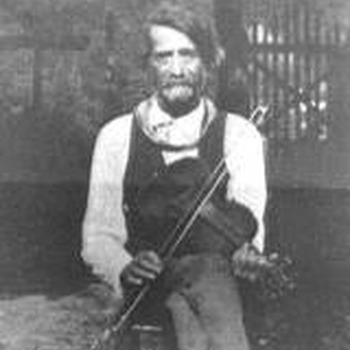
When talking about Madison County musicians, I would have to start first with one of the premiere musical families of the 20th century – the Wallins. Mitchell Wallin played the fiddle and Sharp didn’t think much of his talent. But he was impressed by Mitchell’s half-sister, Mary Bullman Sands. Sharp transcribed her singing “love songs”–many of the same ballads that are sung by present-day ballad singers. Almost all of the ballads I sing today were her ballads.
—Interview with Joe Penland, July 2010
Recognizing that Madison County was fertile musical ground, in 1916 British folksong collector Cecil Sharp and his assistant Maud Karpeles came to Madison County and recorded several members of one of the premiere musical families in the “Laurel Country” –the Wallins. Mitchell Wallin (1854-1932) played his fiddle for Sharp who commented in this diary that Mitchell “played well but was perpetually improvising ” and therefore was difficult to note.
In his diary, Sharp wrote “Although the people are so English they have their American quality [in]…that they are freer than the English peasant. They own their own land and have done so for three or four generations, so that there is none of the servility which unhappily is one of the characteristics of the English peasant. With that praise I should say that they are just exactly what the English peasant was one hundred or more years ago.”
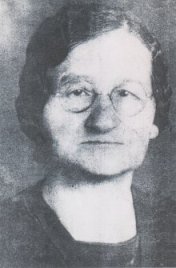
Mitchell’s half-sister, Mary Bullman Sands (1872-1949), sang 25 “love songs” (as ballads were called). Mary had solid English lineage in her background. She was one of the great grandchildren of Roderick Shelton, reputed to be the first settler to arrive in the area known as Laurel in the 1790s. At the time of Cecil Sharp’s arrival, Mary Bullman Sands was in her 40s and the mother of nine children (and eight and one half months pregnant with her tenth). On the first day, Mary gave him six songs among them Fair Margaret, Sweet William, and The Silk Merchant’s Daughter. He returned several times and on the final day, he noted Pretty Saro. In all, Sharp and Karpeles noted a total of twenty five songs from her, all but two of which were later included in the two volume English Folk Songs from the Southern Appalachians (1932).
